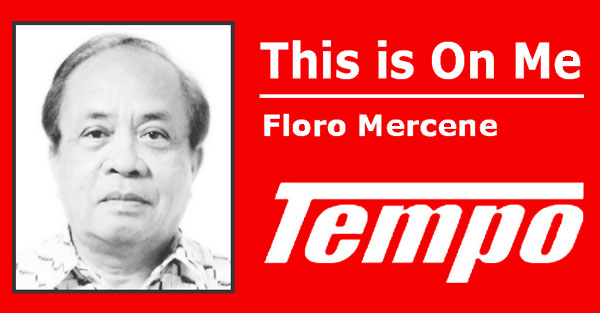By Floro Mercene
SUMO originated in Japan, the only country where it is practiced professionally. It has a history of spanning many centuries. Many ancient traditions have been preserved in Sumo. Sumo actually comes from Shinto practices, and still very closely associated with its religious origins. The 6-ton canopy that hangs over the ring inside the Kokugikan stadium in Tokyo (the only hall where sumo bouts take place in the region) is modeled after the roof of the Shinto shrine, indicating that the ring itself is a holy place.
The two wrestlers wear nothing but wide loincloths called mawashi, and they fight with just their bare hands. To win, one wrestler must knock over the other, or push him out of the ring. The circular ring called dohyo is representative of the sacred grounds of the shrines.
The wrestlers, called rikishi in Japanese, wear topknot, similar to the samurai hairstyles, and traditionally dressed at all times when out in public. In the code of conduct of a rikishi, the key place is occupied by the concept of “hinkaku” – dignity. Any unworthy act will adversely affect the reputation of a rikishi and may prevent him from becoming “yokozuna,” the highest rank or the great champion.
Each of the ring-entering ceremonies is a Shinto purification ritual, and every newly promoted Yokozuna performs his first ring-entering ceremony at the Meiji Shrine (dedicated to the 19th-century Emperor Meiji and his Empress) in Tokyo.
After the rikishi mount the dohyo, they grab a handful of salt from a pile in the corner and toss it in a rough-and-tough manner onto the ground. Some rikishi develop their own mannerisms for throwing the salt, and this gives the fans one more thing to enjoy. .Salt-throwing ritual (shio-maki) is done as a purification act before the bout. It is perhaps the most famous element of a sumo match.
(To be continued)

